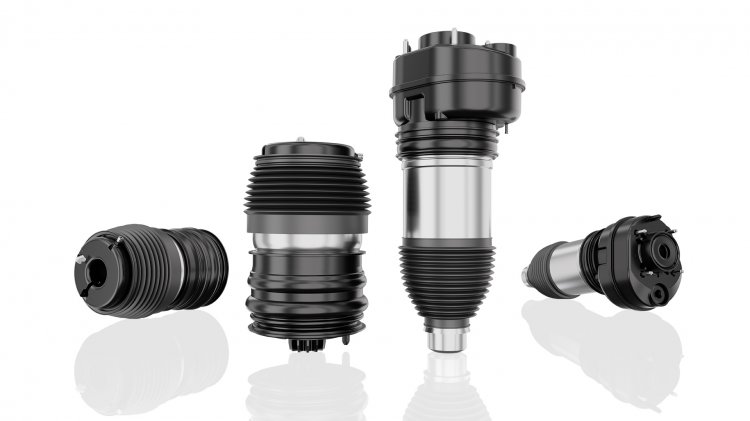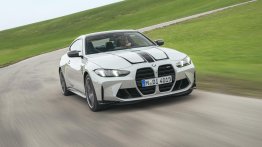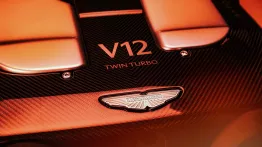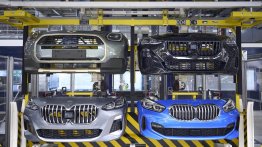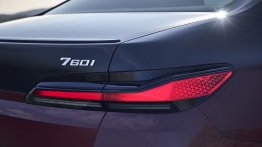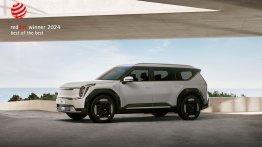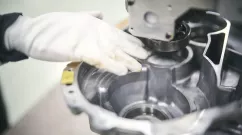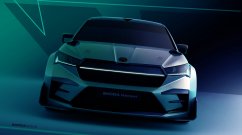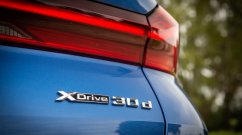Vibracoustic, a leading global automotive noise, vibration, and harshness (NVH) expert, has worked with a leading intelligent EV maker, XPENG, to design, develop, and manufacture switchable two-chamber air springs for the new XPENG G9 battery electric vehicle (BEV). The solution provides two distinct levels of stiffness, allowing the vehicle to adapt to different loads and road conditions.
The increasing diversity and popularity of fully electric SUVs are matched by the need for innovative suspension technologies. The increased weight, the protection of the high-voltage battery and general efficiency increase demands are just a few of the new challenges, which BEV OEMs are poised to address. Air suspensions can address these challenges and provide a host of benefits, particularly valuable for electric vehicles.
As world leaders in passenger vehicle air spring solutions, Vibracoustic worked with XPENG to design, develop, and manufacture two-chamber front- and rear-axle systems for their large electric SUV – the G9. It is the first Chinese OEM customer and vehicle program to adopt this advanced ride technology from Vibracoustic. XPENG leveraged Vibracoustic’s extensive engineering resources and experience, working closely with the engineers at the Vibracoustic Air Spring TechCenter.
Vibracoustic’s switchable air springs allow for greater flexibility and increased comfort. They keep the vehicle at a constant level, regardless of load. They can also improve aerodynamics for greater efficiency by lowering the car at higher speeds. The two-chamber air springs found in the G9 enable effective roll stabilization, making them a perfect solution for customers seeking improved comfort and driving dynamics in high- and medium-segment vehicles. They provide two stiffness levels offering a more dynamic or a more comfortable mode. For BEVs like the G9, they can also optimize airflow under the car for passive battery cooling and to maintain a minimum ground clearance for battery protection. They can provide the ability to easily modify compression and rebound response rates to suit vehicle and terrain conditions and finetune driving dynamics and comfort characteristics of the vehicle.
The system in the G9 was designed, developed and manufactured in Hamburg using an innovative hot gas welding process. The process enables significant weight reduction of the ‘top pot’, of up to 30 per cent, as well as more efficient packaging within the suspension volume – an important consideration for BEVs with large batteries. Vibracoustic also provided the rear jounce bumpers for the G9, which sit directly on top of the air spring. The jounce bumpers absorb energy from irregular road events like bumps or potholes. They were manufactured locally, at Vibracoustic’s plant in Wuxi, China.

